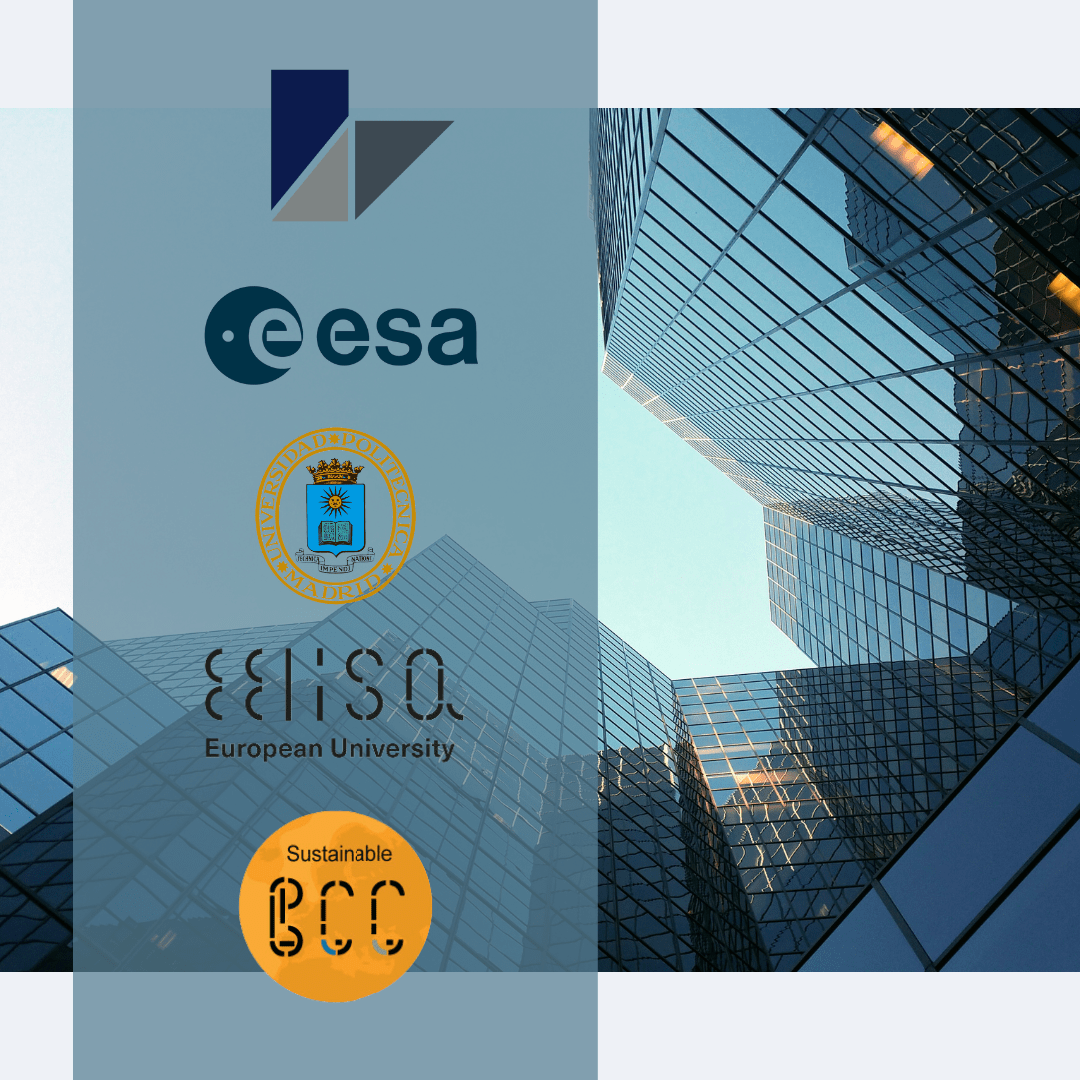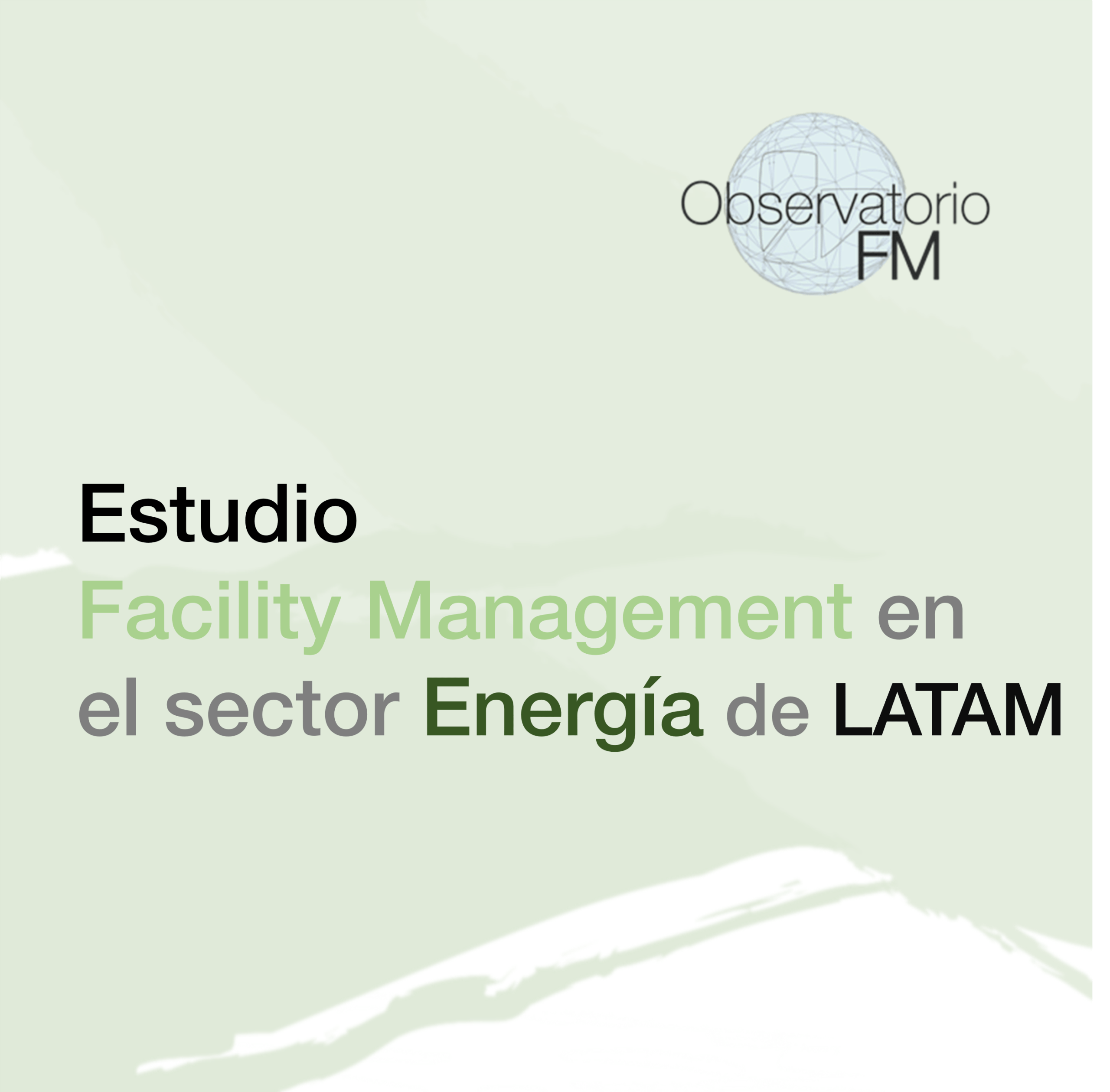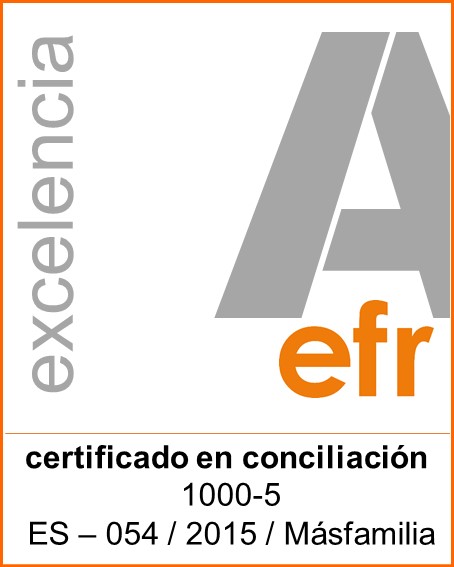Facility Management (FM) is a discipline that operates under the radar. Although it is vital for the daily functioning of any organization, from companies to public institutions, its scope and relevance are often unknown to those not directly involved in the sector. This lack of visibility has created a kind of “bubble” around FM, a space where only professionals in the field understand its true value and function. For outsiders, FM remains a technical activity, limited to managing buildings or basic services. However, Facility Management goes far beyond that.
What is Facility Management?
FM is the management of environments where people work, live, or interact. It involves a wide range of services, from infrastructure maintenance and energy resource management to workspace optimization, safety, and the increasingly popular focus on sustainability. In other words, FM ensures that everything works correctly so that those in these spaces can carry out their activities, whatever they may be. Despite this relevance, FM is not a topic that appears in everyday conversations, in management programs, or as a priority on business agendas until a significant problem arises, as was reflected during the almost-forgotten pandemic. It’s then that the role of FM gains visibility, though only momentarily, before falling back into obscurity.
A Closed Circle
One of the biggest barriers FM faces is that, being focused on internal operations, its achievements and challenges are often unknown to the general public and, frequently, even to senior management. FM professionals communicate amongst themselves, develop solutions, and manage critical issues, but all of this takes place within this bubble. It is a relatively isolated ecosystem where the value they bring is understood, but rarely communicated or promoted beyond the boundaries of the profession.
This phenomenon creates a paradox: FM is essential for the efficiency of any organization, yet its importance is not effectively communicated outside the circle of professionals who practice it. As a result, recognition and appreciation of FM are often limited. Key decisions are often made without considering the direct impact that FM operations have on a company’s overall success.
Bursting the Bubble
To bridge this gap, it is essential for FM professionals, as well as associations and sector entities, to adopt a more proactive approach in promoting Facility Management. They need to start “preaching” outside usual circles so that both company executives and the general public understand its relevance.
One of the first steps is to link FM to aspects that are visible and considered critical to the success of any organization, such as energy efficiency, sustainability, employee health, and wellness. FM is not only responsible for managing buildings but also has a direct impact on employee productivity and satisfaction. These are topics of interest not only for FM professionals but also for executives looking to improve their companies’ overall performance.
Another way to break this bubble is through education. This involves educating future professionals, the general public, and the corporate community. Including FM as a fundamental part of strategic discussions in companies can help it be seen as an integral part of business success. Here, collaboration with other departments is essential to make FM’s work visible. Human Resources, Finance, and Information Technology are areas that interact with FM daily but often do not understand the full scope of its role. By building bridges between these areas and FM, a clearer and more coherent narrative can be constructed about the importance of Facility Management.
Additionally, events, conferences, and specialized publications should be leveraged as platforms to communicate these messages, not only to other FM professionals but also to business leaders and sectors that may benefit from a deeper understanding of the discipline.
Building a Better Future
Bursting the FM bubble is an ongoing effort that requires constant communication, education, and a clear strategy to position Facility Management as a critical function in the business environment. If FM professionals and sector associations can convey this message beyond their own circle, new opportunities for growth and recognition of FM as a key factor in organizational success will emerge.
Facility Management is destined to be much more than a technical discipline. It is a driving force for efficiency, sustainability, and well-being within organizations—but only if it can break its bubble and become visible to the outside world.











